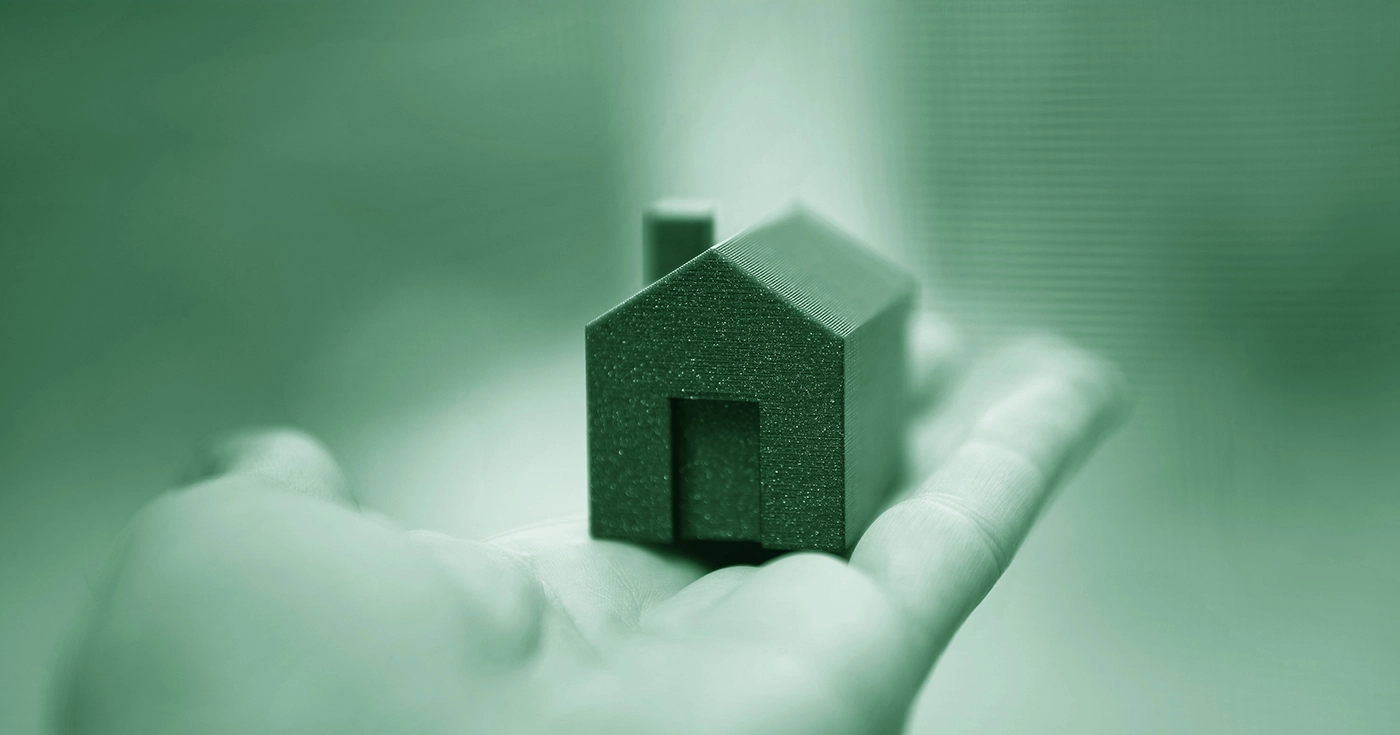
Mortgage-backed loan: what it is and why it’s key in real estate investing
Last Updated on 26 May 2025 by Equipo Urbanitae
In the world of finance, there are multiple ways to access liquidity, and one of the most common and effective—especially in the real estate sector—is the mortgage-backed loan. This type of financing is frequently used by both individuals and companies seeking to obtain capital quickly, using a property as collateral for the loan.
The idea of backing a loan with real estate is not new, but the way this mechanism has adapted to more flexible financing models—such as those offered by participative funding—is relatively recent. Understanding how this guarantee works in practice, how it relates to the traditional mortgage, and the role it plays in today’s real estate investment ecosystem is key to seeing why it’s gaining traction among developers and investors seeking speed without sacrificing security.
What is a mortgage-backed loan and how does it work?
A mortgage-backed loan is a financial operation in which the borrower offers a property as collateral in order to obtain financing, without necessarily using the loan to purchase that specific property. Unlike a traditional mortgage—in which the loan is used directly to acquire the property being mortgaged—this type of loan uses a property already owned by the borrower as a guarantee.
This type of loan allows access to capital for a wide range of purposes: funding new projects, paying off debts, obtaining immediate liquidity, or even investing. The key point is that, in case of default, the lender can foreclose on the property and sell it to recover the loaned amount. For this reason, they typically come with lower interest rates and more favorable terms than unsecured loans.
At Urbanitae, this model is adapted to the world of real estate crowdfunding. When we structure a debt project backed by a mortgage guarantee, the developer provides a real estate asset as collateral for the benefit of investors. That way, if the developer fails to repay the loan as agreed, investors have a real guarantee that protects their capital.
The role of mortgage-backed loans in Urbanitae projects
In some of our debt projects, the mortgage-backed loan acts as a key tool to balance agility and security. By backing the operation with a property, we add a layer of protection that reduces the risk of default and builds confidence for both developers and investors. Essentially, it’s a formula that enables access to financing without sacrificing structural solidity.
For developers, this modality represents an agile and efficient alternative to traditional financing. It allows them to obtain liquidity for time-sensitive operations—such as land acquisition, project kick-offs, or debt refinancing—without giving up equity in their projects or depending on complex banking processes. The model’s flexibility gives them greater room to maneuver at crucial stages.
From the investor’s perspective, having a mortgage guarantee on the asset provides tangible backing that helps mitigate risk. Although every investment carries some degree of uncertainty, knowing that a real asset is tied to the transaction brings added peace of mind. Additionally, since these are debt projects, investment periods tend to be shorter than in equity deals, enabling more dynamic capital rotation and more effective diversification.
Conclusion: secure investment with real backing
The mortgage-backed loan has become one of the most compelling components of the alternative financing model. At Urbanitae, we apply it in selected debt projects to ensure a balanced structure: agile for the developer and solid for the investor. When well-designed and executed with diligence, this approach helps democratize access to real estate investment while maintaining a focus on security and efficiency.

